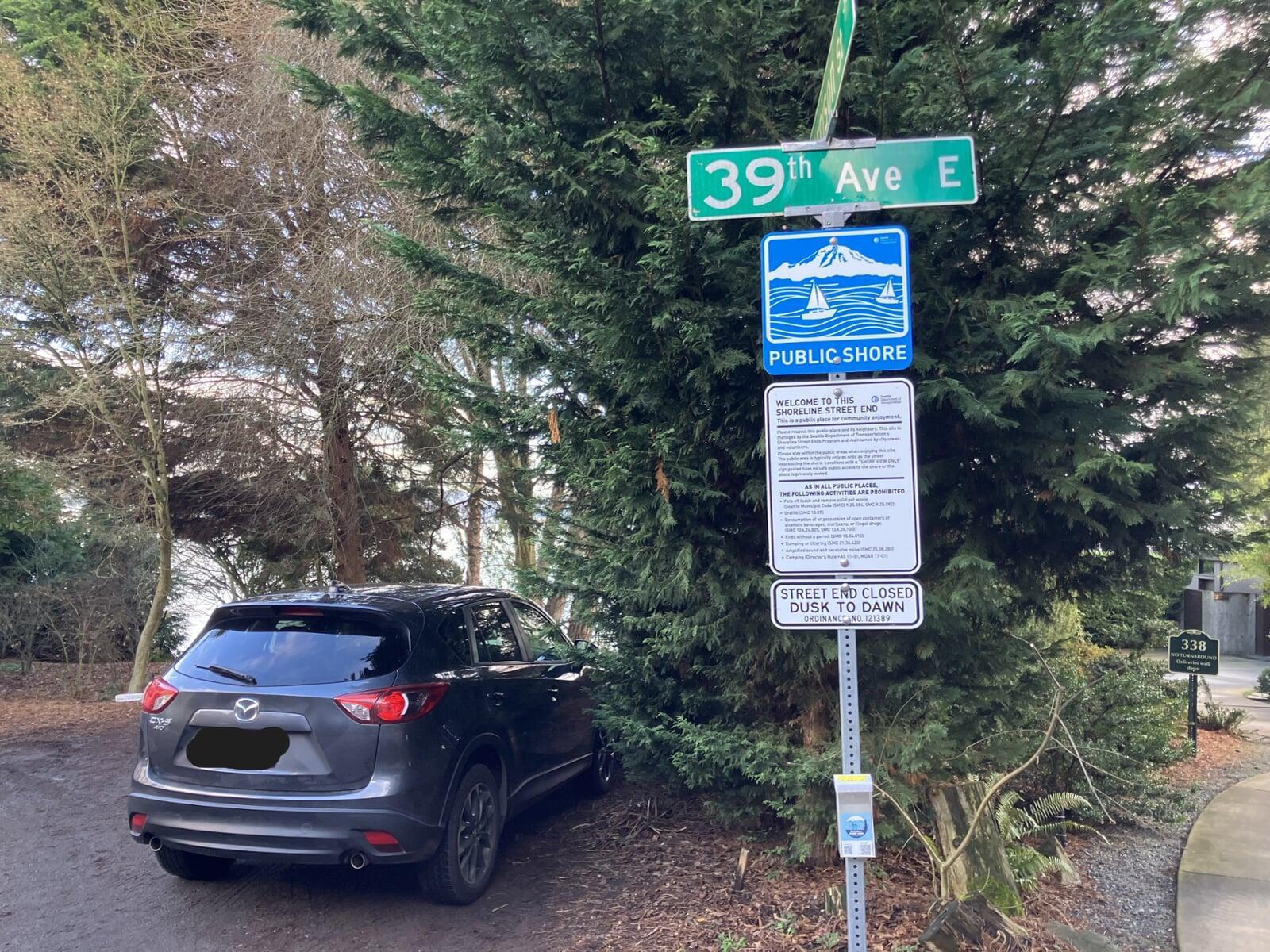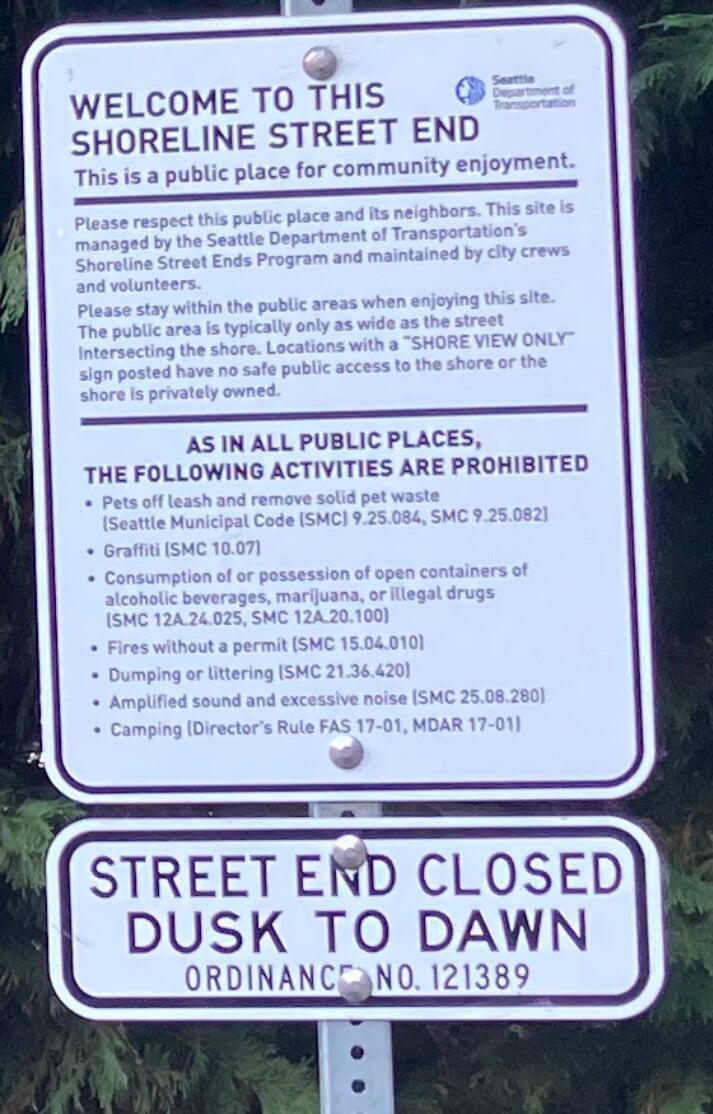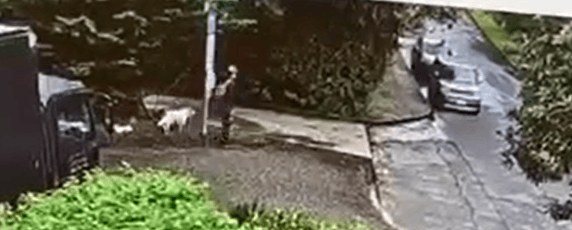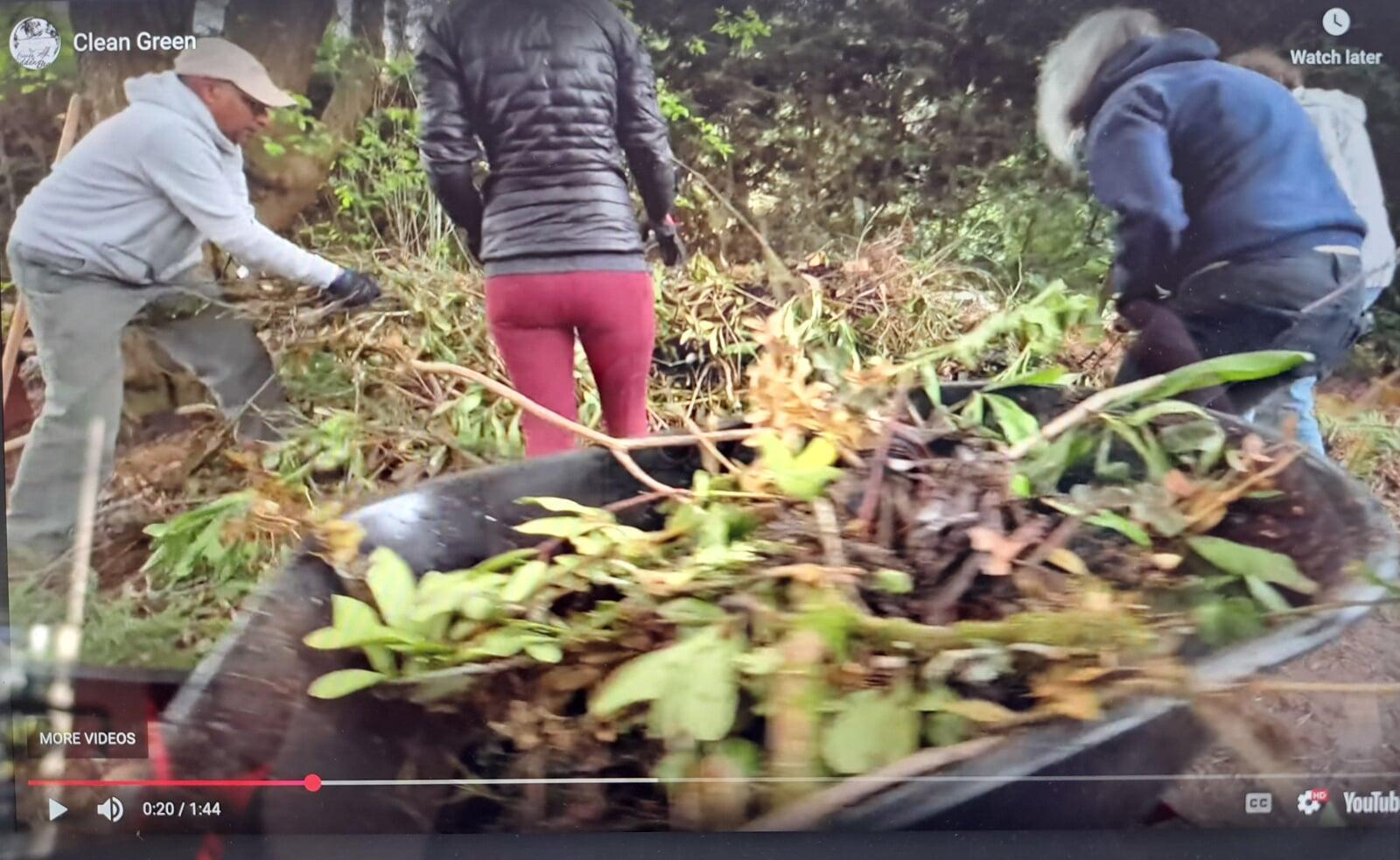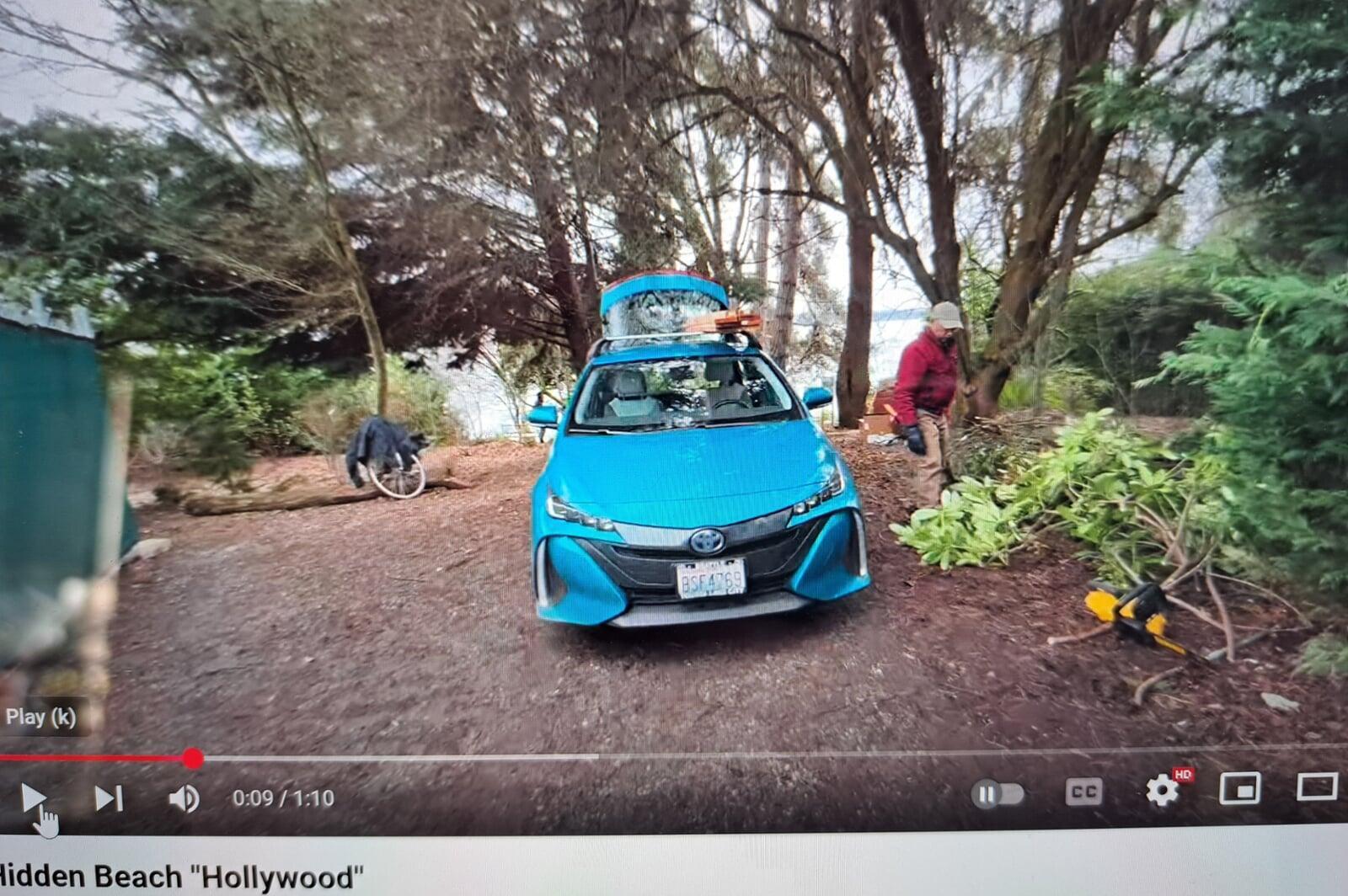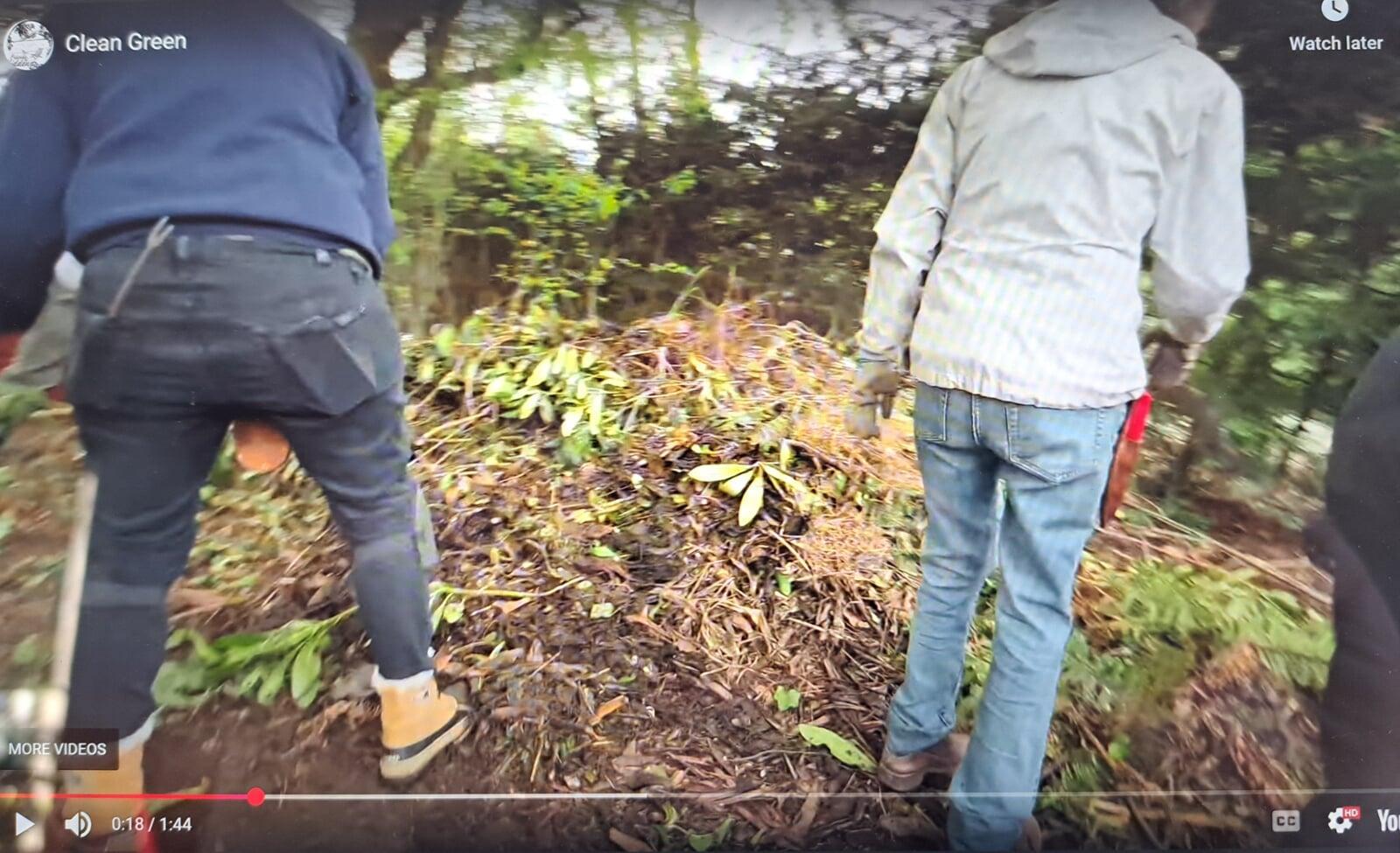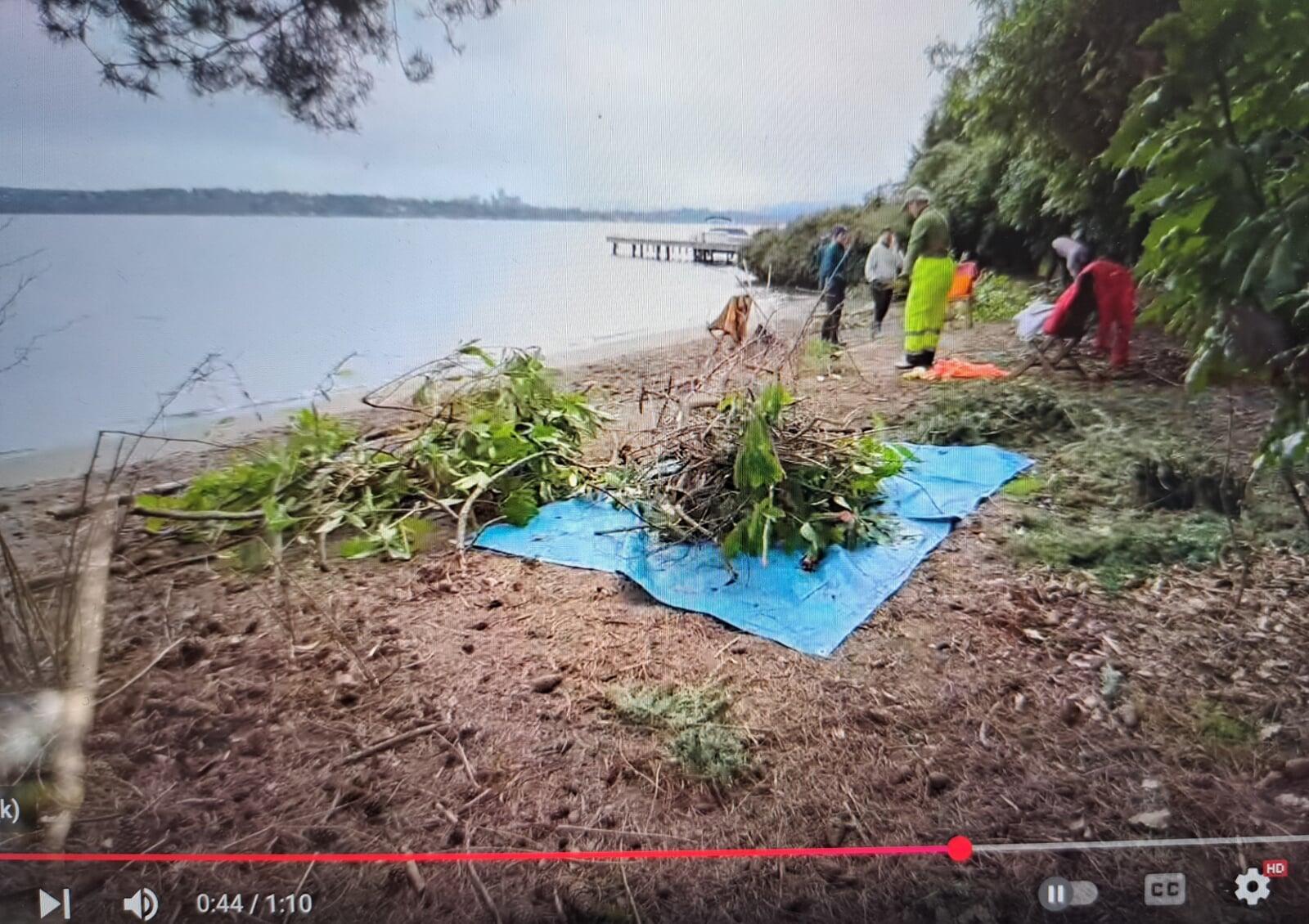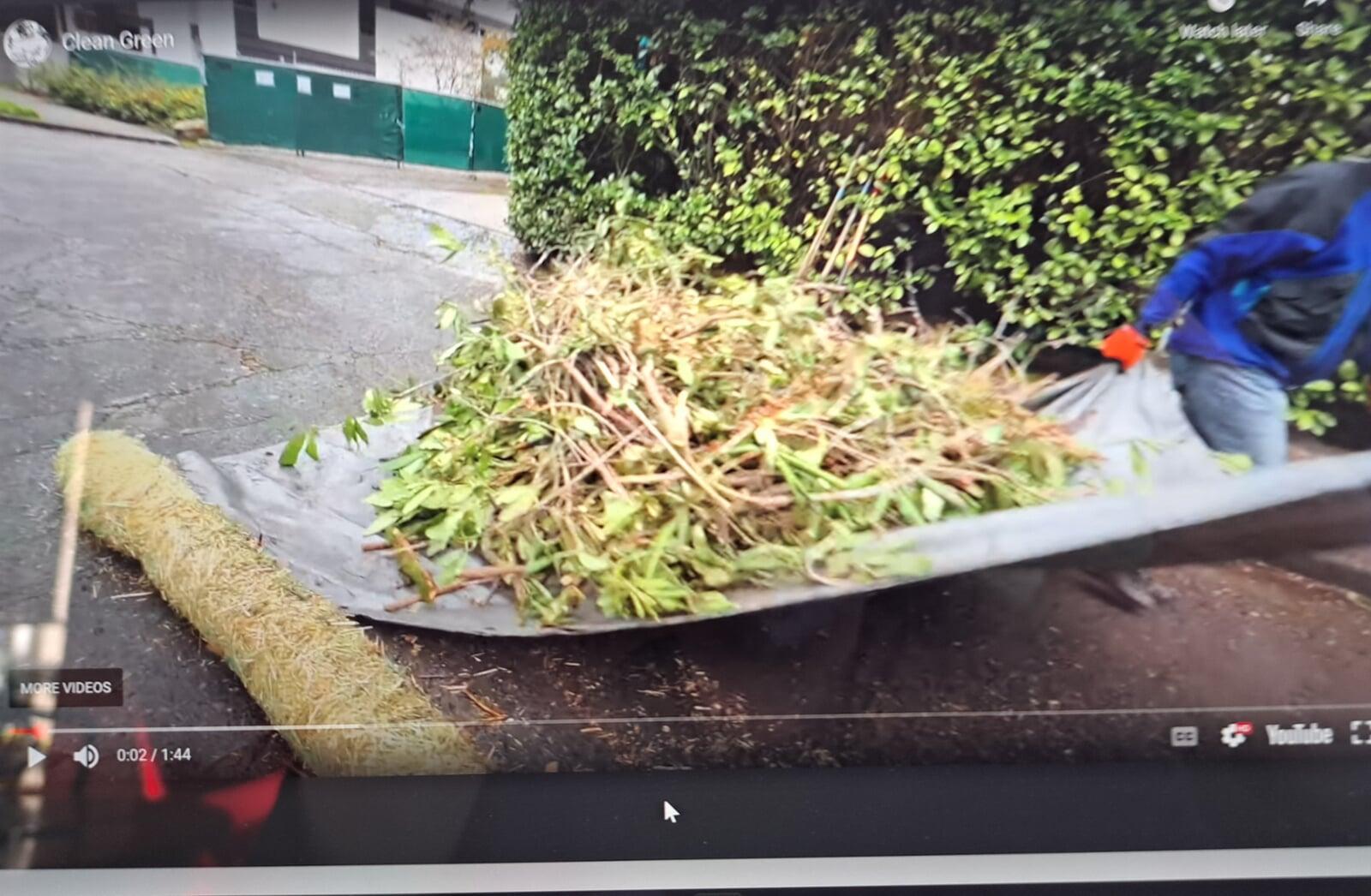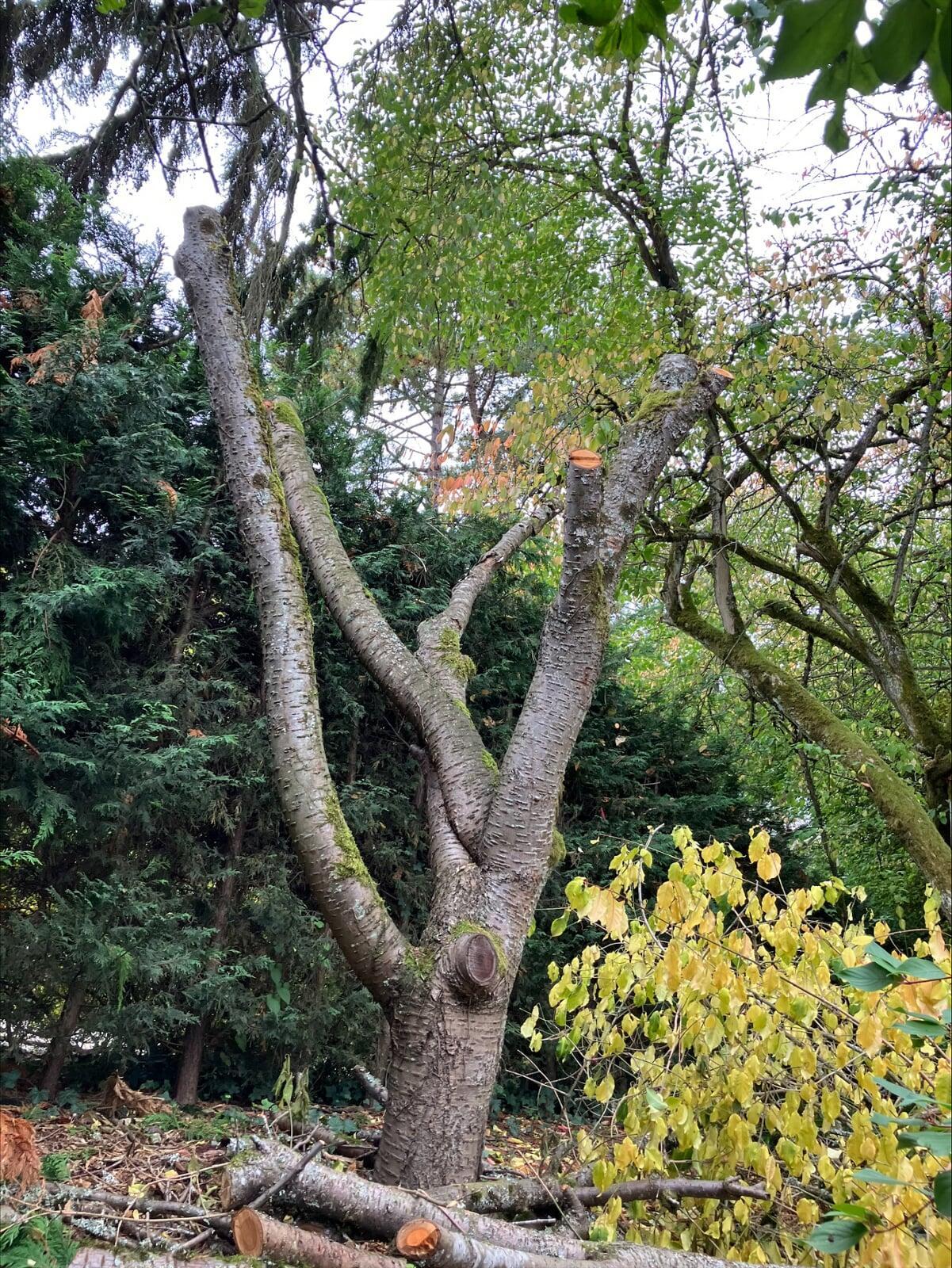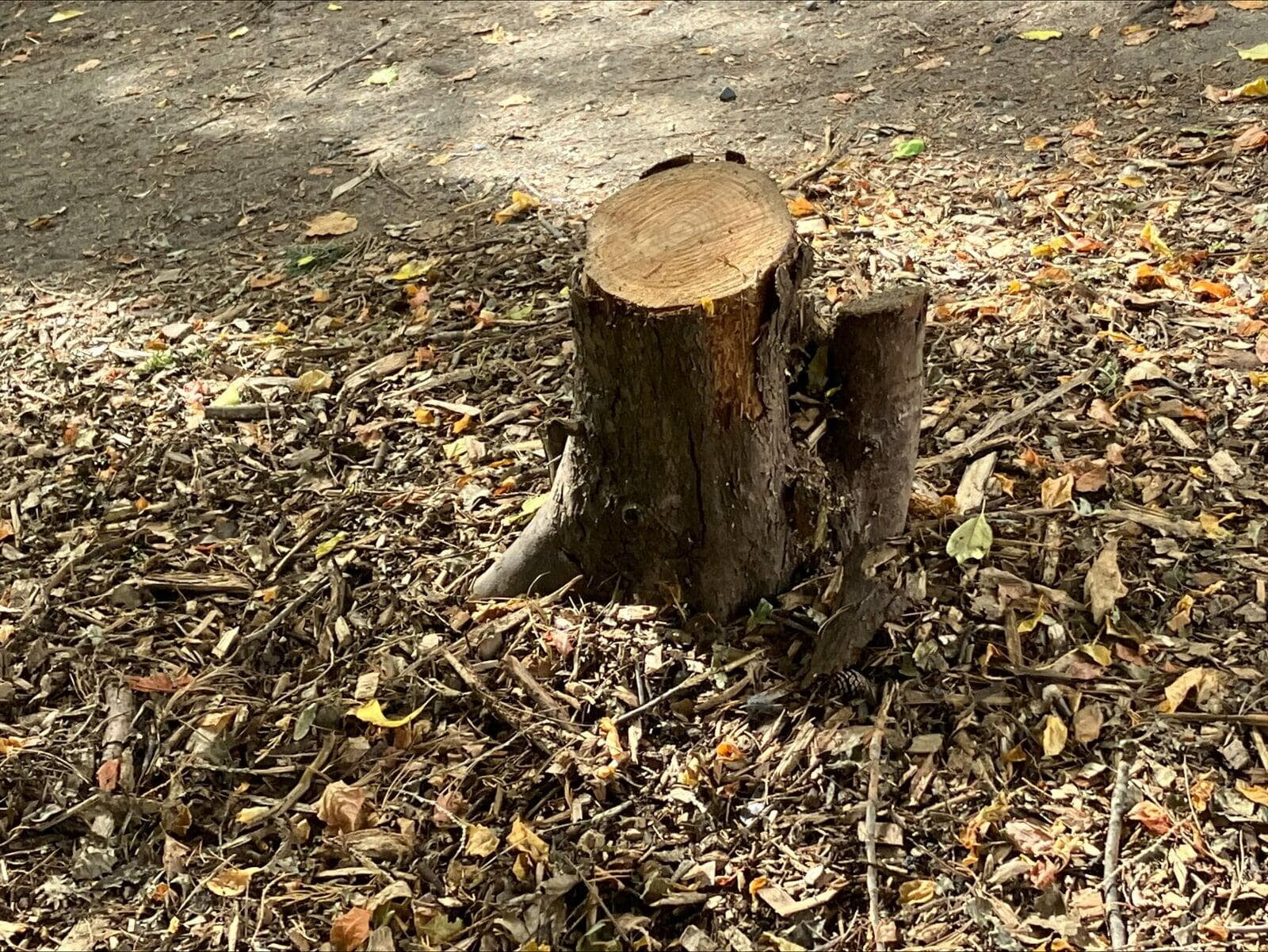East Harrison Shoreline Street End Updates
On May 5, 2025, the East Harrison Shoreline Street End, an ecological treasure, was blessed by a wonderful visit by the 5th-grade class from The Bush School. Between 9:30 and 10 a.m., they came to the only shoreline street end thrice designated as an Ecological Critical Area to release over 150 class-raised salmon babies salmon into Lake Washington.
On June 9, 2025, the street-end neighbor to the north presented a certificate to these students and their teachers noting 250 trees planted in a PNW national forest in celebration and honor of their ecological efforts. The pictures below are from June 9.

The busy season of summer is coming, and already illegal uses of the East Harrison SSE are increasing:
- Illegal, off-leash dog use is rampant. On April 21, 2025, sadly, an off-leash dog was hit by a car at the street end.
- Illegal bonfires have happened on a regular basis. Police and fire were called. This is illegal and unsafe for everyone.
- People have illegally trespassed on neighboring properties on multiply occasions. They were caught on camera and police were called.
On top of this, SDOT has done nothing to protect the wetland and ecology at the street end. In her comment letter on Friends of Hidden Beach's project, Jennifer Marriott, Professional Wetland Scientist, explained to the Seattle Department of Inspection and Construction (SDCI):
"This is one of the clearest examples of documented degradation of wetland vegetation that I have observed."
Protections are needed for the wetland. The Washington State Department of Ecology recommends fences and signage to protect wetlands and buffers.
Make your voices heard:
Tell SDOT that (1) fences and (2) signage are needed before summer to protect the ecology at the East Harrison SSE
1. Fences - These can be temporary while long-term solutions are developed, but fencing is needed before summer to prevent more harm to the wetland. Here are a few examples from the Union Bay Natural Area in Seattle and Lake Tahoe:
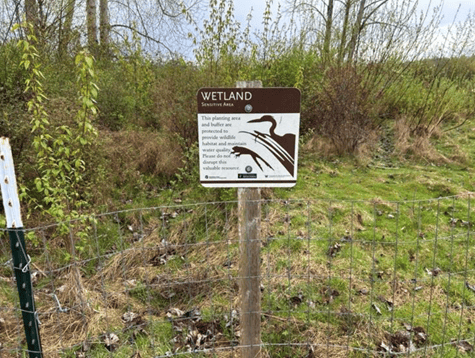
2. Signage - Signs are needed to inform people about the locations of the wetland, buffer, and ecologically sensitive areas. Signs are used all over Washington inform people about wetlands and ecologically sensitive areas. Check out signs recommended by King County, the City of Redmond, and City of Auburn. These signs are in Magnuson Park:
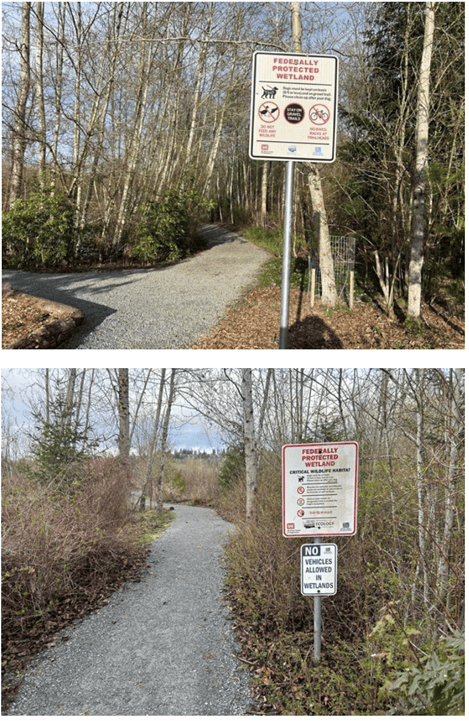
We want SDOT and our local elected officials to know how important it is to our community to protect and restore this special place. SDOT needs to take action to protect the ecology for everyone to safely and legally enjoy.
FOHB "Stewardship"
The Restore East Harrison Initiative supports public access consistent with State law, City code, and policies that apply to Shoreline Street Ends. As posted at the street end by SDOT, certain activities are prohibited at the street end, including pets off leash and leaving solid pet waste (SMC 9.25.084, SMC 9.25.082), fires without a permit (SMC 15.20.100), and after-dark use (SMC 11.16.125). These and other activities in the wetland harm the environment and otherwise make the East Harrison Shoreline Street End unsafe or unwelcoming. We need proper and legal management of the East Harrison Shoreline Street End for all members of the public to enjoy appropriately.
The wetland was delineated in 2011 and 2017 and, most recently, in 2024 (2024 CAR available here). The lack of vegetation in the wetland today is a result of the intensified and inconsistent uses that have been encouraged by FOHB, such as people walking, running, and playing in the wetland; dogs running off-leash and digging in the wetland; and people picnicking and building bonfires in the wetland. FOHB refuses to acknowledge the conclusions of three critical area reports delineating the wetland. Still, a wetland is a public resource that can be celebrated and utilized in a way that helps to educate the public. We want this treasure to be available for the public to enjoy for generations to come and ask that SDCI apply the “best available science” to restore and protect the wetland and wetland buffer portions of the East Harrison Shoreline Street End from further degradation. The current wetland rating manual rates the wetland as a Category II wetland, which requires a 110-foot buffer. We ask that SDCI apply this 110-foot buffer, not the 50-foot buffer that the old manual and science required and FOHB’s application shows. SDCI should require mitigation for the impacts of the redevelopment and uses that FOHB has encouraged and proposes in the wetland buffer.
As seen in FOHB’s blog post A case of mistaken identity — FRIENDS OF HIDDEN BEACH (to share just one example), FOHB encourages the public to use the street end in ways that ignore and harm the wetland. FOHB is also responsible for illegally cutting and removing vegetation in the shoreline environment and wetland buffer in September and October 2024, violating the code and resulting in four code enforcement actions against FOHB and their arborist. This violation incurred thousands of dollars in fines to pay. The violation notices issued by SDCI require FOHB to obtain permits and perform restoration for this illegal work. We ask that SDCI ensure that the necessary restoration work is completed by FOHB now as a condition of any future redevelopment.
No uses are allowed in the wetland under the code (SMC 23.60A.156.H), and only limited uses are permitted in the wetland buffer. FOHB proposes changes to the East Harrison Shoreline Street End that will direct visitors into the wetland buffer and wetland. There are no best management practices proposed by FOHB to prevent or mitigate the impacts on the wetland and wetland buffer resulting from the development and uses FOHB proposes. We ask that SDCI require FOHB to include natural planting barriers, fencing, and signage to inform people about the wetland buffer and wetland and keep damaging uses out of those areas so that the wetland is not further degraded and can start to recover. These are standard best management practices used in parks and other developments to protect the environment and critical areas adjacent to other shoreline uses.
The wetland is not the only part of the environment that needs protection—for example, the shoreline that was once protected by grasses in the wetland and buffer is currently suffering from erosion. For too long FOHB has cut back and removed the upland vegetation many times without a proper maintenance plan or permits. We ask that SDCI require FOHB to apply best management practices to protect against further erosion and vegetation loss. In addition to protecting the wetland, we do not want the East Harrison Shoreline Street End to become a barren patch of dirt and sand that further exacerbates this City identified liquefaction zone.
Bonfire
On Sunday, January 26, 2025, a bonfire was detected at the Shoreline Street End late at night. The Fire Department was alerted and arrived to the scene around 11:30 p.m. They reprimanded and helped 10 to 14 high school students extinguish the fire they had set in the designated wetland. Please note the Zippo fire starter in the morning-after photo – it is alarming, given how close the fire was to the overhanging branches.
Woodchip Pile
December 11, 11 a.m. The wood chip pile (pictured) was dumped at East Harrison Shoreline Street End. SDOT was asked about the wood chip pile and what the plan for it was. SDOT responded that they didn’t know. The pile is still there as of January 8th and under SDCI investigation under complaint 014325-24CP.
January 9, the wood chip pile has been removed.
New Signage Posted
New Signage Posted
SDOT has posted a new after dark closure sign at the East Harrison Shoreline Street End.
